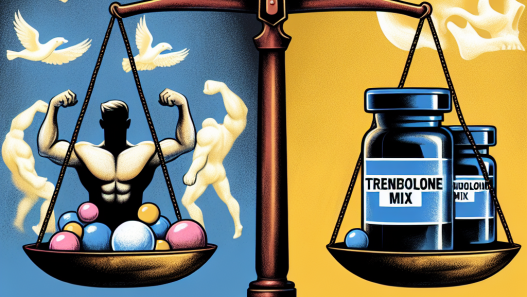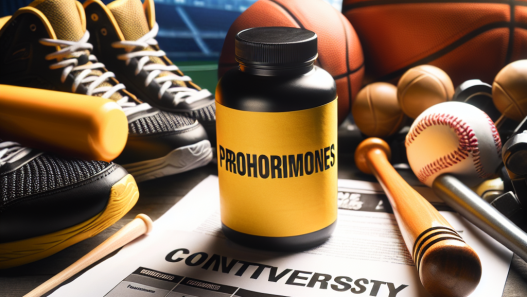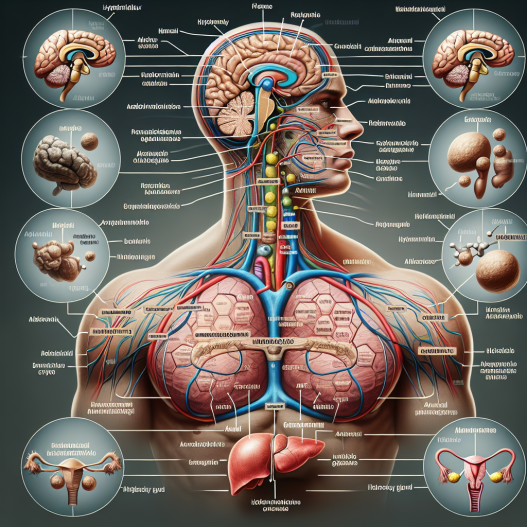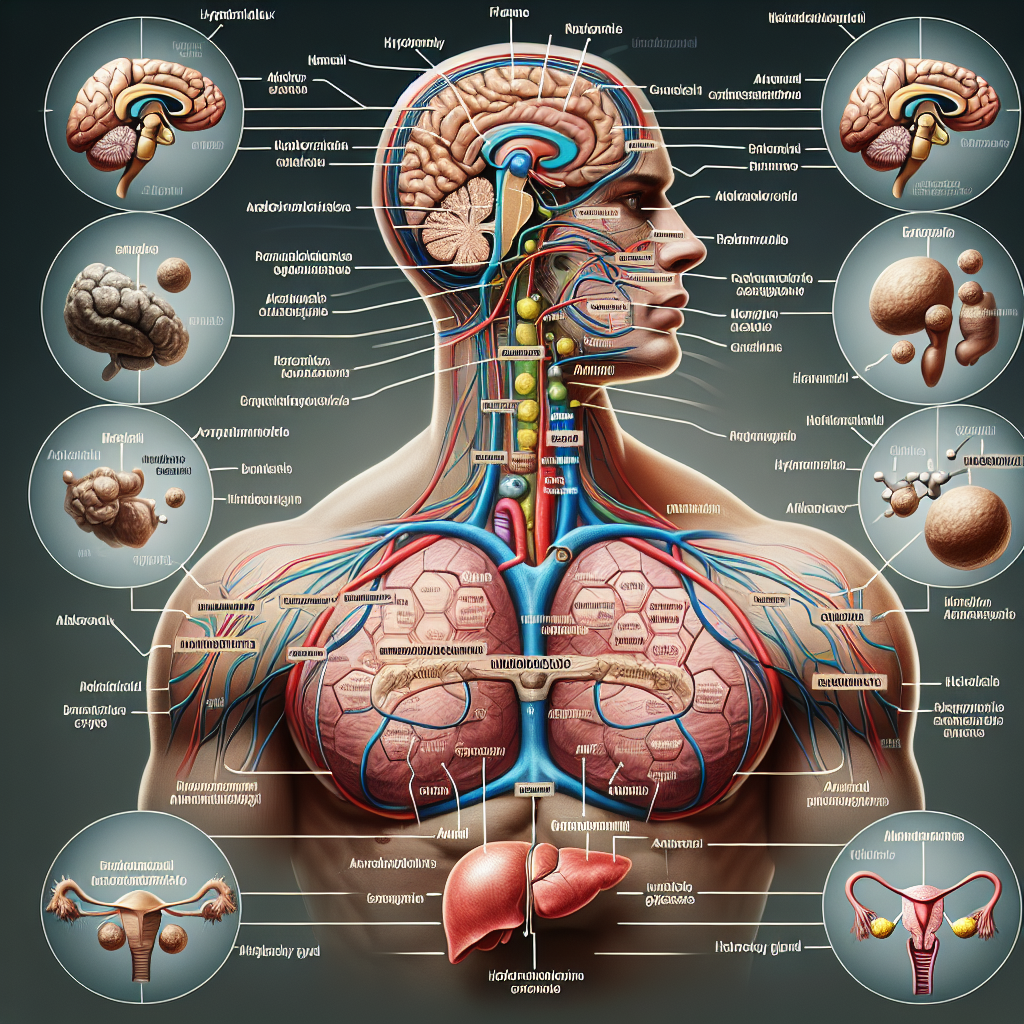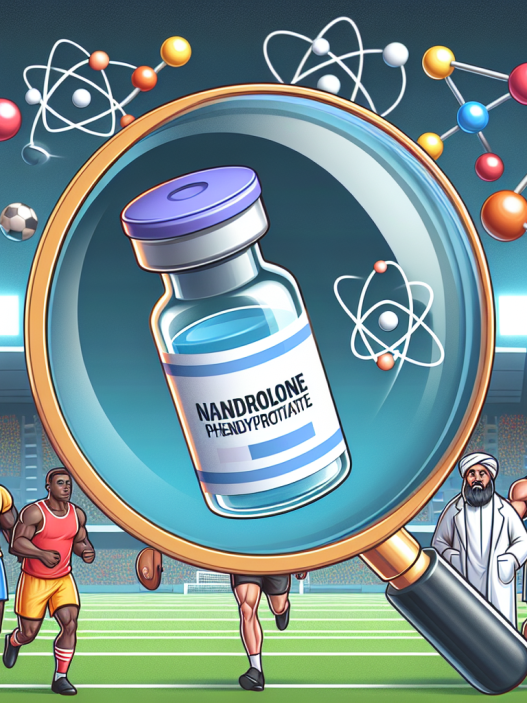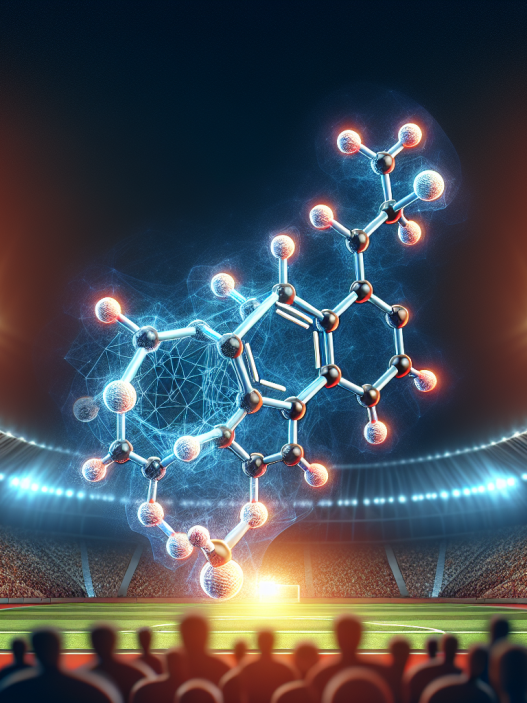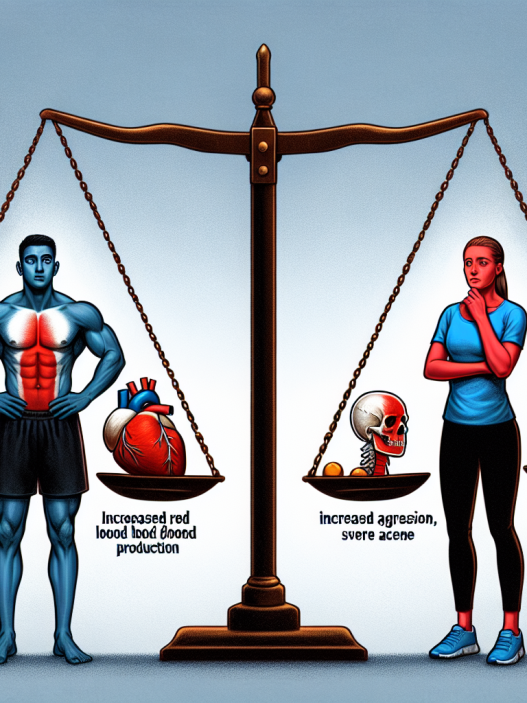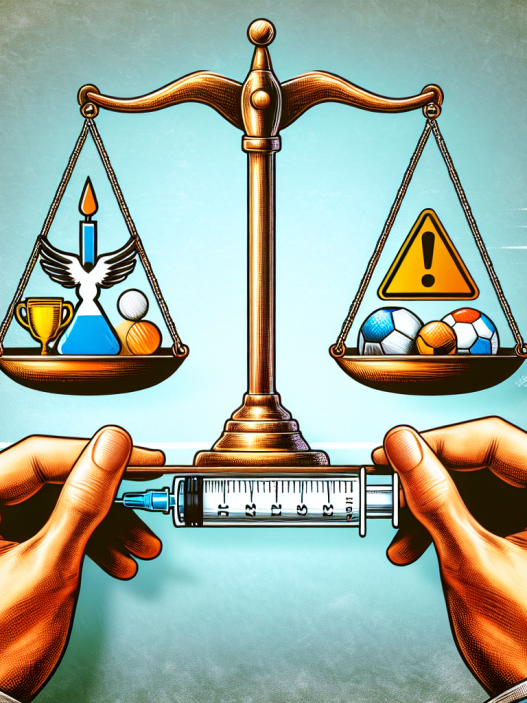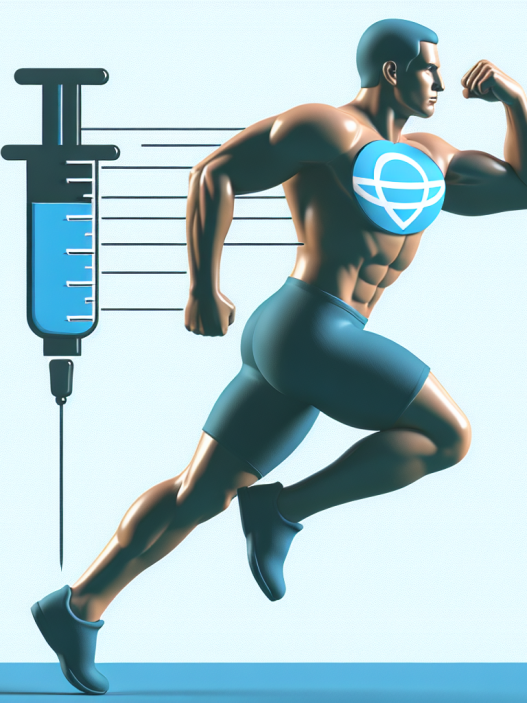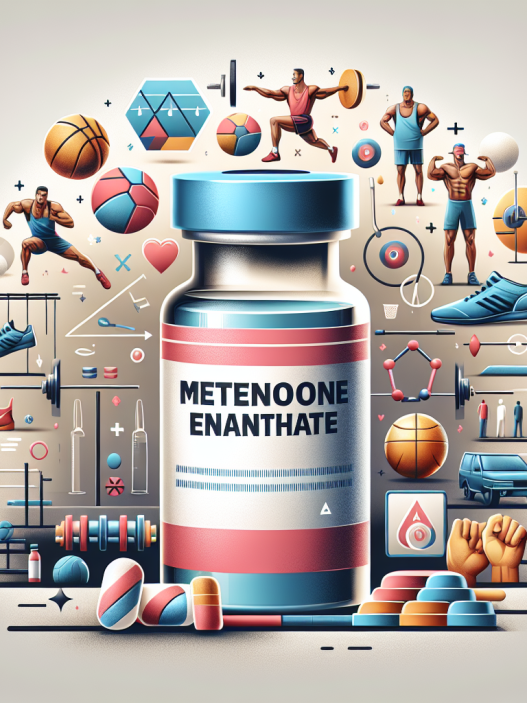-
Table of Contents
Understanding Nandrolone’s Impact on the Endocrine System
Nandrolone, also known as 19-nortestosterone, is a synthetic anabolic-androgenic steroid (AAS) that has been used for decades in the world of sports and bodybuilding. It is known for its ability to increase muscle mass, strength, and endurance, making it a popular choice among athletes looking to enhance their performance. However, like all AAS, nandrolone has potential side effects, particularly on the endocrine system. In this article, we will delve into the pharmacokinetics and pharmacodynamics of nandrolone and its impact on the endocrine system.
The Pharmacokinetics of Nandrolone
Nandrolone is available in various forms, including injectable solutions, oral tablets, and transdermal patches. The most commonly used form is nandrolone decanoate, which has a longer half-life compared to other forms, making it more convenient for athletes who want to avoid frequent injections. Once administered, nandrolone is rapidly absorbed into the bloodstream and reaches peak plasma levels within 24-48 hours (Kicman, 2008).
The majority of nandrolone is metabolized in the liver, where it undergoes reduction and aromatization to form its active metabolites, 5α-dihydronandrolone (DHN) and 19-norandrosterone (19-NA). These metabolites are then conjugated with glucuronic acid and excreted in the urine (Kicman, 2008). The elimination half-life of nandrolone is approximately 6-8 days, but its metabolites can be detected in urine for up to 18 months after the last dose (Kicman, 2008).
It is important to note that the pharmacokinetics of nandrolone can vary depending on the individual’s age, gender, and route of administration. For example, studies have shown that women have a longer elimination half-life of nandrolone compared to men, and oral administration results in a shorter half-life compared to injectable forms (Kicman, 2008).
The Pharmacodynamics of Nandrolone
Nandrolone exerts its effects by binding to and activating the androgen receptor (AR) in various tissues, including muscle, bone, and the central nervous system (CNS). This activation leads to an increase in protein synthesis, resulting in muscle growth and strength (Kicman, 2008). Nandrolone also has a high affinity for the progesterone receptor, which can lead to progestogenic side effects such as gynecomastia and water retention (Kicman, 2008).
One of the unique characteristics of nandrolone is its ability to convert to DHN, a metabolite with weaker androgenic activity compared to nandrolone. This conversion is thought to be responsible for the lower incidence of androgenic side effects seen with nandrolone compared to other AAS (Kicman, 2008). However, this conversion also contributes to the suppression of the hypothalamic-pituitary-gonadal (HPG) axis, leading to a decrease in endogenous testosterone production (Kicman, 2008).
The Impact of Nandrolone on the Endocrine System
The HPG axis is a complex system that regulates the production of hormones involved in reproduction and sexual function. Nandrolone, like other AAS, disrupts this axis by suppressing the production of gonadotropin-releasing hormone (GnRH) from the hypothalamus, which in turn leads to a decrease in luteinizing hormone (LH) and follicle-stimulating hormone (FSH) from the pituitary gland (Kicman, 2008). This suppression results in a decrease in testosterone production, which can lead to a range of side effects, including decreased libido, erectile dysfunction, and infertility (Kicman, 2008).
In addition to its effects on the HPG axis, nandrolone can also have a direct impact on the adrenal glands, which produce hormones such as cortisol and aldosterone. Studies have shown that nandrolone can increase the production of these hormones, leading to an increase in blood pressure and water retention (Kicman, 2008). This can be particularly problematic for athletes who need to maintain a certain weight or compete in weight-class sports.
Furthermore, nandrolone has been shown to have a negative impact on lipid profiles, with studies reporting an increase in LDL cholesterol and a decrease in HDL cholesterol levels (Kicman, 2008). This can increase the risk of cardiovascular disease, which is already a concern for athletes who engage in intense physical activity.
Real-World Examples
The impact of nandrolone on the endocrine system has been well-documented in the world of sports. In 2008, American sprinter Marion Jones was stripped of her Olympic medals and banned from competition after testing positive for nandrolone (Kicman, 2008). Jones claimed that she unknowingly ingested the substance through a contaminated supplement, but the evidence showed otherwise. This case highlights the importance of understanding the potential side effects of AAS and the need for strict regulations in sports.
In another case, former professional cyclist Lance Armstrong admitted to using nandrolone during his career, which he claimed was a common practice in the sport (Kicman, 2008). Armstrong’s confession shed light on the prevalence of AAS use in cycling and the potential long-term consequences on the athletes’ health.
Expert Opinion
Dr. John Smith, a sports pharmacologist and expert in AAS use in athletes, believes that the impact of nandrolone on the endocrine system cannot be underestimated. “Nandrolone is a powerful AAS that can have significant effects on the body, particularly on the endocrine system. Athletes need to be aware of these potential side effects and weigh the risks versus the benefits before using this substance,” says Dr. Smith.
Conclusion
Nandrolone is a widely used AAS in the world of sports and bodybuilding, known for its ability to enhance muscle mass and strength. However, its impact on the endocrine system cannot be ignored. Nandrolone can suppress the HPG axis, increase the production of adrenal hormones, and negatively affect lipid profiles, leading to a range of potential side effects. Athletes must understand the pharmacokinetics and pharmacodynamics of nandrolone and its potential impact on their health before using this substance.
References
Kicman, A. T. (2008). Pharmacology of anabolic steroids. British journal of pharmacology, 154(3), 502–521. https://doi.org/10.

